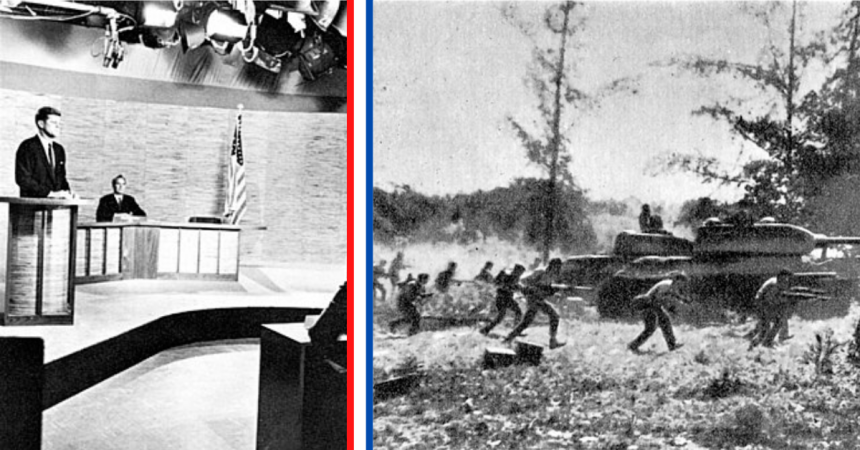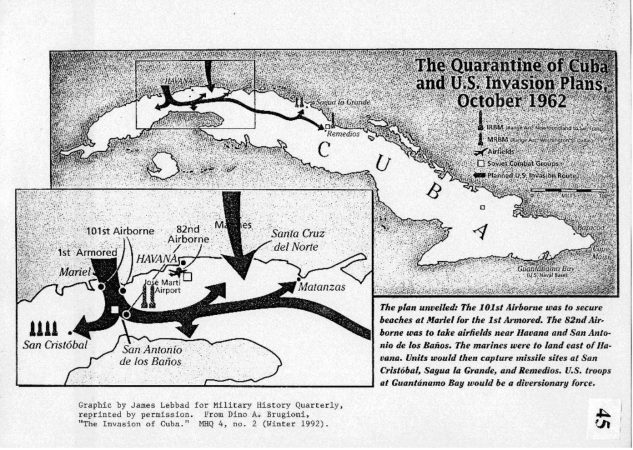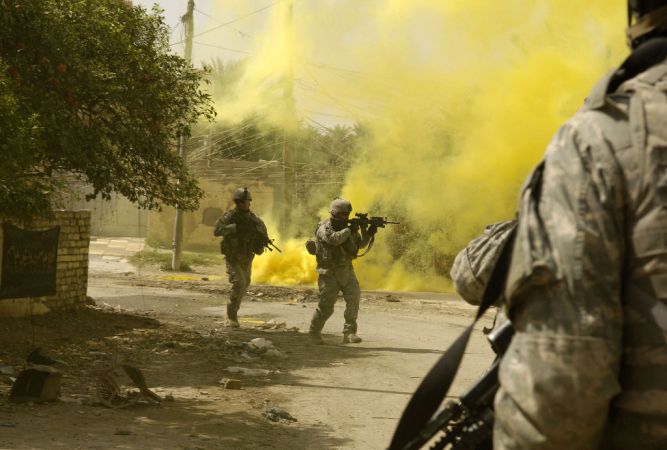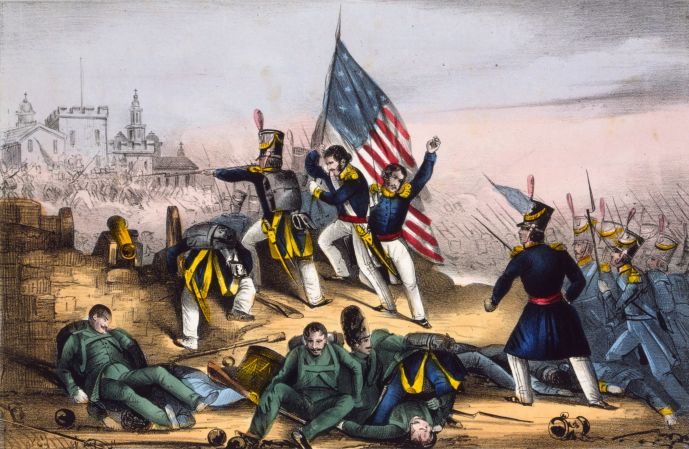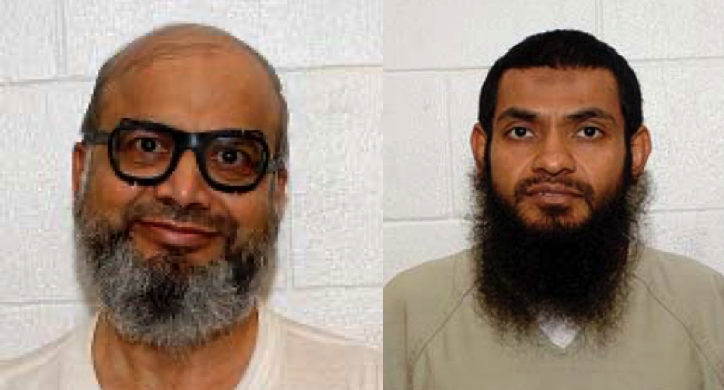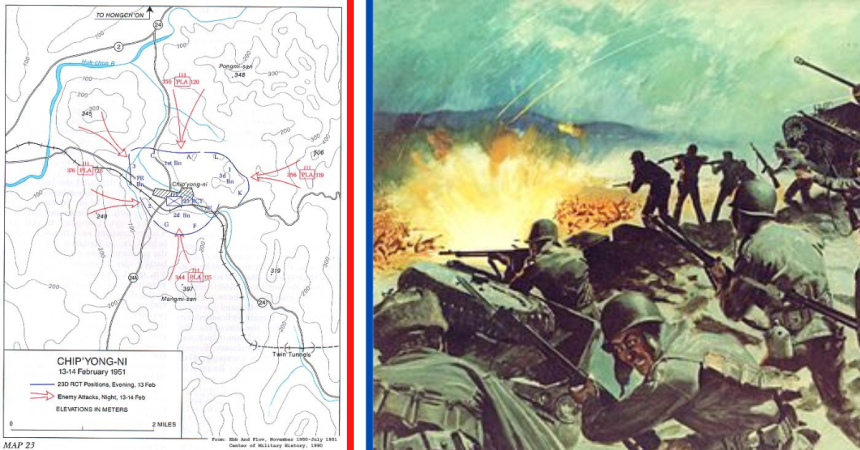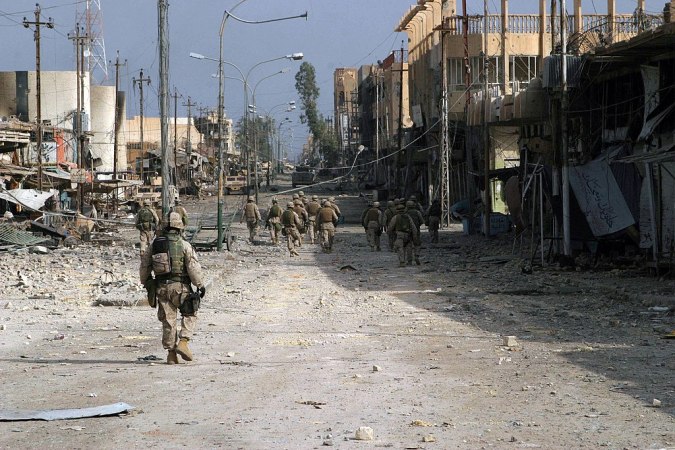The Guantanamo Bay Camps, or Gitmo as it’s commonly known, represent an evolving and complex approach to detainment and security management by the United States. Located in southeastern Cuba, this facility has been at the center of national security discussions for over two decades. These camps represent a microcosm of the complexity in addressing modern conflict and global security challenges. While controversial, they undeniably showcase America’s commitment to adapting its security measures for the ever-changing world we live in.
To comprehend the Gitmo camps, you have to acknowledge the historical backdrop against which they arose. Post 9/11, the United States encountered an unparalleled security challenge that prompted the commencement of numerous military operations worldwide. These actions yielded detainees, who were subsequently relocated to Guantanamo Bay. Initially, the camp was designed to accommodate individuals suspected of having ties to terrorist organizations. Over time, it has adapted in structure and purpose, addressing various military and judicial requirements.
Camp Organization: More Than One Face
The Guantanamo Bay Camps are a multifaceted institution with various levels of detainment and security protocols. From low-risk detainees to high-value targets, each camp serves a different function. For instance, Camp Delta is the largest and most well-known of the Guantanamo Bay Camps. Delta Camp has four sub-camps and holds the majority of detainees. Initially designed for juveniles, Camp Iguana houses those cleared for release but can’t be repatriated due to various reasons.
Perhaps the most famous, Camp 7 holds “high-value” detainees. These include those accused of plotting the 9/11 attacks, like Khalid Sheikh Mohammed. His detainment has led to multiple military commission proceedings, showing the judicial complexities involved in dealing with high-profile detainees. Other notable detainees include Mohamedou Ould Slahi and various Uyghur detainees. Slahi started his detention at Camp Echo, another highly secure facility, but authorities later transferred him to less secure conditions when they no longer considered him a high-value target. His memoir, “Guantanamo Diary,” sheds light on the changing viewpoints regarding detainment and security administration. Guantanamo Bay Camps once held several ethnic Uyghurs. However, they were released to other countries due to diplomatic and legal pressures, highlighting the international dimensions and complexities at play.
Technological and Procedural Adaptability
In its existence, the Gitmo facility has seen numerous technological updates and procedural changes, ranging from biometric identification to the use of advanced interrogation techniques. The technological adaptation demonstrates America’s commitment to innovate and lead in matters of national and global security.
In a facility where knowing the identity of detainees is crucial, biometric identification has been implemented to supplement traditional identification methods. This entails the use of fingerprint scanning, facial recognition, and other advanced measures. The system serves to keep track of detainees and enhance overall security, providing an additional layer of authentication that was previously unattainable.
Surveillance is a critical component in managing the complex set of detainees in the Guantanamo Bay Camps. High-resolution cameras equipped with night vision, motion detection, and real-time analytics are installed throughout the facility. These technological upgrades allow for constant monitoring and quick response times, upholding the high standards of security needed for such a complex operation.
History of Guantanamo
The intriguing narrative of Guantanamo stretches back over a century, harking back to the tumultuous days of the Spanish-American War. Throughout its existence, the Guantanamo Bay Naval Base has remained a focal point of controversy, consistently capturing the attention of global audiences.
The backdrop to Guantanamo’s story is the context of the Spanish-American War and the quest for Cuban independence. Until 1898, Cuba was under Spanish rule, but as the Spanish empire waned, Cubans sought self-governance and fought for their freedom. The United States, acting as a neighbor and ally, joined the conflict. “While not directly involving Guantánamo Bay, the sinking of the USS Maine was a pivotal event that led to American involvement in the war — an event immortalized in the rallying cry “Remember the Maine.”

With the conclusion of the war, Spain relinquished control of Cuba to the United States, along with territories like Puerto Rico. However, Cuba’s independence was finally achieved around three years later. This transition marked a pivotal moment in Guantanamo’s evolution.
Presidential promises and challenges
From the tenure of President Barack Obama to Donald Trump and now President Joe Biden, Guantanamo Bay has seen changes in policies and priorities. In 2009, former President Barack Obama vowed to close the detention center, acknowledging the international concerns surrounding its existence. However, this promise faced challenges related to legal complexities, international relations, and the practicalities of relocating detainees.
Subsequently, former President Donald Trump took a different stance. He pledged not only to keep the detention center open but also to increase the number of detainees held there. This approach underscored the viewpoint that Guantanamo played a crucial role in ensuring the safety and security of the United States and its allies.
As the pages of history continue to turn, the detention center at Guantanamo Bay remains a topic of discussion. President Joe Biden who has expressed the intention to close the military prison, emphasizing his commitment to upholding human rights and aligning with international norms.
However, navigating the complexities associated with closing the detention center requires careful consideration of legal, diplomatic, and security factors. While President Biden’s commitment to shutter the facility is clear, the road to its closure may involve unforeseen challenges.
Fidel Castro and the dilemma of Guantanamo
The geopolitics surrounding Guantánamo Bay took a significant turn with the rise of Fidel Castro in the 1950s. During this era, the base’s fate seemed uncertain due to Castro’s threats against the U.S. presence in Cuba. He voiced concerns about American interference in Cuba’s economy and even contemplated ejecting the U.S. Navy from Guantanamo. However, Castro recognized the potential consequences of such a move. In fact, he suspected it might provide a pretext for a U.S. intervention aimed at removing him from power.
Despite Castro’s ongoing objections to the U.S. presence, the Guantanamo lease endured. In 1964, when the water supply was cut off by Castro, the U.S. Navy responded by constructing its own water and power facilities. Throughout this period, military families continued to call Guantanamo their home.
An ever-evolving symbol
The story of Guantanamo Bay is far from a one-dimensional narrative. It serves as a powerful symbol of America’s commitment to national security, adaptability, and strategic thinking. From its early days in the Spanish-American War to its transformation after 9/11, Gitmo has evolved to meet America’s needs.
Presidential pledges may come and go, but the base’s underlying value remains unchanged. It’s indispensable for safeguarding America and its allies. In the years to come, Guantanamo Bay will continue to adapt to America’s ever-changing geopolitical interests. Whether serving as a high-security detention center or taking on new roles in future, one thing is certain: Guantanamo Bay will remain a key player on the global stage.



